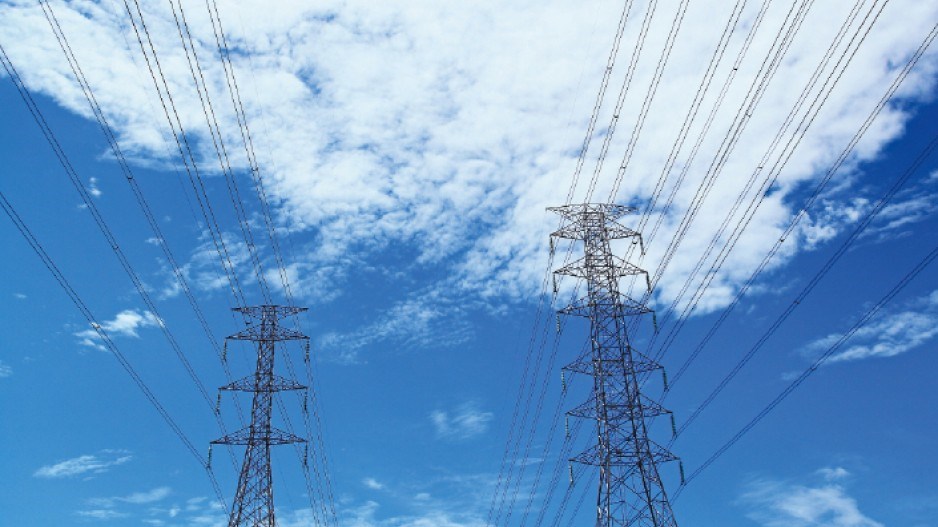A new transmission line linking Alberta and Montana could end up costing B.C. power consumers by reducing energy exports to Alberta.
Enbridge Inc. (TSX:ENB) is behind the new 345-kilometre Montana-Alberta Tie Ltd. (MATL) transmission line, which will link the Alberta grid to NorthWestern Energy’s wind farm near Great Falls, Montana. The line is nearing completion and expected to be in operation early in the new year.
The project was approved some time ago but was recently the subject of hearings by the Alberta Utilities Commission over the Alberta Electrical System Operator’s (AESO) proposed rules for managing electricity imports and exports with the additional tie.
BC Hydro and Powerex (the subsidiary that markets BC Hydro’s electricity) voiced concerns recently at those hearings over the system’s design and its impact on the B.C. grid and power prices.
“BC Hydro is supportive of the construction of the Montana-Alberta transmission line but is concerned about the allocation of some of the transfer capability from the B.C.-Alberta intertie to MATL under a rule proposed by the Alberta Electric System Operator,” BC Hydro spokeswoman Simi Heer said.
“Depending on system and market conditions, about one-third of the transfer capability of the B.C.-Alberta intertie could be allocated to MATL under the proposed rule.”
Powerex generates an average of $150 million a year in energy exports, which help offset electrical rates in B.C. The Alberta market is small compared with the U.S., but even a one-third reduction in interprovincial exports would have an impact on domestic power rates.
“In normal circumstances, these reduced revenues will be recovered from BC Hydro’s ratepayers, thus increasing rates in British Columbia,” Hydro stated in its May submission to the AUC.
Under the new AESO rules, B.C. would have lost about $34 million in 2011, BC Hydro calculates. If the shortfall were to be made up with a rate increase, it would be about 1%, BC Hydro confirmed.
“As soon as Alberta opens up tie lines and gives itself more options, then whatever benefits we were obtaining will be shared across the other tie line in some fashion,” said David Craig, executive director of the Commercial Energy Consumers Association of B.C. “So it will inevitably diminish value [for B.C.].”
B.C. typically exports electricity to Alberta in the daytime and then imports Alberta power at night.
Importing thermal-generated power from Alberta at night allows BC Hydro to recharge its dams overnight, and because it’s sold at off-peak hours, the Alberta power is cheap.
In recent years, there has been a trade imbalance, with B.C. exporting more electricity to Alberta than it imports.
Currently the power B.C. gets from Alberta at night is sometimes so cheap that Albertans have complained that they’re literally giving away power to B.C.
In fact, in May, for a few hours, Alberta electricity was free, according to the AESO, due to low demand and a heavy spring runoff that had produced a surplus of hydro power flowing from B.C. to Alberta.
It’s not clear whether Alberta plans to export its own power to the U.S. via the new transmission line. That, too, could affect BC Hydro’s bottom line, if Alberta’s price for power went up.
An industry insider told BIV that he doesn’t think it is likely that Alberta will use the new line to export electricity to U.S. markets. •
Interprovincial electricity imports-exports
in megawatt hours
Year Exported Imported Trade Imbalance
2008 1,554,501 361,462 1,193,039
2009 1,281,419 298,627 982,792
2010 1,757,915 117,608 1,640,307
2011 3,151,673 41,463 3,110,210
Source: BC Stats




